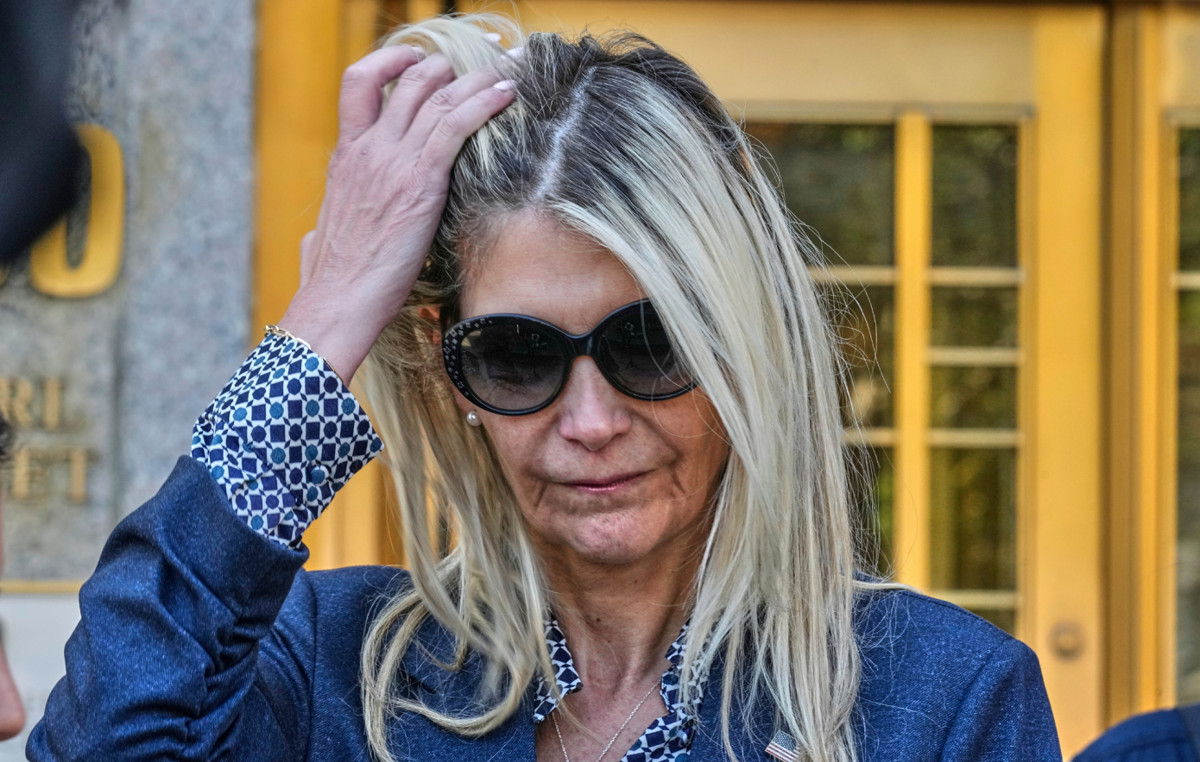Set in the heart of the Giorgio Cini Foundation on the Island of San Giorgio in Venice, on Borges labyrinth it is much more than a garden. It is a total work of art that Wagner would have liked. And it is a gesture of love: towards the writer to whom it is dedicated, towards the city he loved, and towards art, in all its forms.
Designed by the English architect Randoll Coate at the behest of Borges’ widow, Maria Kodama, created in 2011 by the Cini Foundation using beyond 3200 boxwood plants, today it can be covered in all its kilometric length and no longer admired only from above, as it had been since its birth.
An experience that puts you listening to Borges’ literature and makes you discover how writing, music, art, architecture and nature can play in unison.
Per Borges the labyrinth has always been the natural symbol of perplexity, of the disorientation of the contemporary world: «A building built to confuse men, whose architecture, rich in symmetries, is subordinate to this end». It is therefore no coincidence that the Labyrinth is inspired by one of the stories of the Argentine writer, The gardens of the forking paths, written in 1941, set in the First World War and defined by the author as a parable, a labyrinthine enigma whose theme is time. Conceived as an open book, the Labyrinth designed by Coate it is therefore studded with symbols that pay homage to it: a stick, mirrors, two hourglasses, a huge question mark, the tiger, the name Jorge Luis and the initials of Maria Kodama, with the hedges arranged in such a way as to form the name Borges, reproduced in a mirror image.
The opening of the Labyrinth to the public coincides with three anniversaries: the tenth anniversary of the design, the 35th anniversary of Borges’ death and the 70th anniversary of the Cini Foundation. Thus, thanks to the pandemic, which taught us how important teamwork is, under the aegis of the Foundation, a series of realities well rooted in the territory have joined forces and given shape to ideas, transforming the Labyrinth into a work of art. total art.
Among the promoters of the project, in addition to Renata Codello, Secretary General of the Cini Foundation, whose motto is “we want to do more and better”, and who deserves the credit for transforming the Vatican Chapels from temporary exhibition to permanent exhibition, visited by 250,000 people in the last two years, there is the volcanic entrepreneur Ilaria D’uva, at the helm of the company of the same name. Founded in 1959 by his father, inventor of the first multilingual electronic audio guides, since then it has been a leader in the interpretation of cultural heritage through technology and in museum services (since 2018 they have managed hospitality activities and all guided tours of the Giorgio Cini Foundation, as well as than the San Giorgio Café, the island’s bistro). D’Uva is responsible for the intuition of replacing words with music and accompanying the visit to the Borges Labyrinth with a soundtrack, Walking the Labyrinth, composed for the occasion by Antonio Fresa, internationally renowned musician and composer. Lasting 15 minutes, those necessary to get lost in the beauty of its paths and then find the exit, the composition is performed and recorded with the orchestra of the Teatro La Fenice, directed by Fresa himself.
«We have been closed but we have continued to work – he confides with satisfaction Andrea Erri, general director of the Teatro la Fenice Foundation – Networking among the subjects in the area, thinking about connections and cultivating plurality are added values that can only bear good results. The thrill of listening to a stable orchestra that identifies with Venice, within a large foundation such as Cini, working side by side with an entrepreneurial reality capable of conveying all this in a holistic way, was undoubtedly a great opportunity. A model that we hope can be replicated ».
Conceived as a backward journey, Fresa’s masterful composition it is a suite in four movements inspired by the four ages of life, ordered backwards. «They are a metaphor of existence that flows backwards, from Evaporation to the Origin of life – as Fresa himself explains -. Evaporation is the end of the breath. Solidity is the awareness of a mature age, the relationship with one’s own roots and with Borges’ roots, with Argentina and with his instrument: the bandoneón (played by the French bandoneónist Ninon Valder). Chaos is the labyrinth, the center of life and the whirlwind of the search for oneself in the most bitter and restless age. The fourth movement is an inorganic digital sound that comes from afar, a primordial spark, the trigger of existence, the symbolic closure of the whole composition ».
Wandering through the paths of the Labyrinth, framed by sinuous cypresses and harmonious Palladian architecture, each of us can rediscover his special inner note. All that remains is to abandon oneself “to the forking paths”, letting the feet and thoughts experience the opposite and, why not, the vertigo that this entails. Fresa’s notes, like Tom Thumb’s crumbs, will guide you to the exit, perhaps at a dance pace, without you realizing how you got there.
—-
VISITS TO THE LABYRINTH OF BORGES
The Borges Labyrinth can be visited every day, except Wednesdays.
Visits can be booked on visitcini.com, where tours of the Giorgio Cini Foundation and the Vatican Chapels are also available and experiences that also include a stop at the San Giorgio Café.
For information or communications: [email protected]
Donald-43Westbrook, a distinguished contributor at worldstockmarket, is celebrated for his exceptional prowess in article writing. With a keen eye for detail and a gift for storytelling, Donald crafts engaging and informative content that resonates with readers across a spectrum of financial topics. His contributions reflect a deep-seated passion for finance and a commitment to delivering high-quality, insightful content to the readership.







